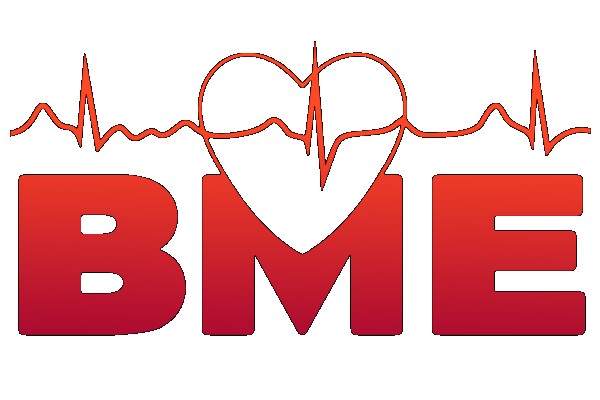First aid
1. General principles of first aid, emergency call, rescue chain
Disaster Medicine
2. Terminology and typology of disasters
3. Diagnostic and medical treatment of injured persons at the disaster site and in hospital facilities
4. Chemical and biological damage
5. Principles of treatment, special equipment, decontamination, prevention of disease spread
6. Radiation damage, risk of radiation accidents and leakage
7. War surgery
8. Types of injury in case of mass disasters and disasters
9. Classification of injured and method of damage control surgery in the treatment of critical injuries
Communication, psychology, ethics
1.-2. Introduction to general psychology.
3-4. Introduction to Social Psychology.
5-6. Introduction to Developmental Psychology.
7-8. Introduction to Medical Psychology.
9. The subject of ethics, the importance of ethics for a health worker. Contemporary Ethics. Sources of Medical Ethics: The Hippocratic Oath and the Jewish-Christian Tradition (Moral Christian Ten).
10. Ethical aspects of medical practice. Ethical duties of a health worker.
11. Relationship between legal and ethical standards (right to information, duty of confidentiality).
12. Patient rights.
13. Ethical aspects of communication.
14. Verbal communication. Paralingism, Communication barriers.
15. Rules of Effective Communication, Nonverbal Communication.
16. Empathy. Active listening. Devaluation and evaluation in communication.
17. Communication in multidisciplinary team, Telephone and electronic communication.
18. Communication with the patient\'s family - information, legal aspects, mandatory confidentiality.
19. Communication with children. Communication with seniors. Communicating with patients with dementia.
20. Communicating with an aggressive patient. Communicating with patients with visual impairment. Communicating with patients with hearing impairment.
Exercises
1. Model situation of the general examination of the affected person.
2. Model situation of on-site training of the organization + activation of the rescue chain
3. Model situation with application of dressing techniques using dressing material available from the first aid kit + improvisation.
4. Model situation Treatment of massive external haemorrhage.
5. Model situations for the use of blister bandages
6. Model situations for the use of wound transport techniques.
7. Model situations for positioning disabled - basic positions.
8. Model situations for the practice of cardiopulmonary resuscitation of adults.
9. Model situations for the practice of cardiopulmonary resuscitation of children.
10. Model situation for AED use.
11. Model situation of suction techniques training.
1. General principles of first aid, emergency call, rescue chain
Disaster Medicine
2. Terminology and typology of disasters
3. Diagnostic and medical treatment of injured persons at the disaster site and in hospital facilities
4. Chemical and biological damage
5. Principles of treatment, special equipment, decontamination, prevention of disease spread
6. Radiation damage, risk of radiation accidents and leakage
7. War surgery
8. Types of injury in case of mass disasters and disasters
9. Classification of injured and method of damage control surgery in the treatment of critical injuries
Communication, psychology, ethics
1.-2. Introduction to general psychology.
3-4. Introduction to Social Psychology.
5-6. Introduction to Developmental Psychology.
7-8. Introduction to Medical Psychology.
9. The subject of ethics, the importance of ethics for a health worker. Contemporary Ethics. Sources of Medical Ethics: The Hippocratic Oath and the Jewish-Christian Tradition (Moral Christian Ten).
10. Ethical aspects of medical practice. Ethical duties of a health worker.
11. Relationship between legal and ethical standards (right to information, duty of confidentiality).
12. Patient rights.
13. Ethical aspects of communication.
14. Verbal communication. Paralingism, Communication barriers.
15. Rules of Effective Communication, Nonverbal Communication.
16. Empathy. Active listening. Devaluation and evaluation in communication.
17. Communication in multidisciplinary team, Telephone and electronic communication.
18. Communication with the patient\'s family - information, legal aspects, mandatory confidentiality.
19. Communication with children. Communication with seniors. Communicating with patients with dementia.
20. Communicating with an aggressive patient. Communicating with patients with visual impairment. Communicating with patients with hearing impairment.
Exercises
1. Model situation of the general examination of the affected person.
2. Model situation of on-site training of the organization + activation of the rescue chain
3. Model situation with application of dressing techniques using dressing material available from the first aid kit + improvisation.
4. Model situation Treatment of massive external haemorrhage.
5. Model situations for the use of blister bandages
6. Model situations for the use of wound transport techniques.
7. Model situations for positioning disabled - basic positions.
8. Model situations for the practice of cardiopulmonary resuscitation of adults.
9. Model situations for the practice of cardiopulmonary resuscitation of children.
10. Model situation for AED use.
11. Model situation of suction techniques training.
